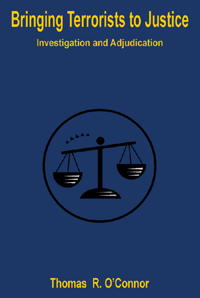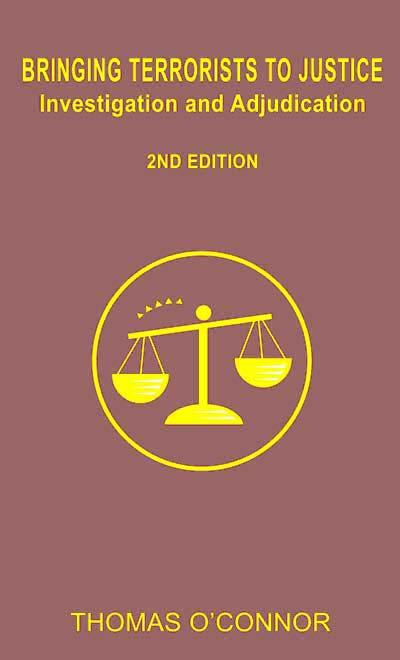Subtotal: 0.0
Bringing Terrorists to Justice: Investigation and Adjudication
₹3663
Bringing Terrorists to Justice: Investigation and Adjudication
Preface
A number of powerful techniques and tactics for bringing terrorists to justice are contained in this book, ranging from the ordinary to the extraordinary. The purpose is to bring together in one place what is known about how to catch terrorists, both before and after they strike. No guarantees are made that these techniques will work in all jurisdictions all the time, and in fact, a comparative approach has been taken which emphasizes cultural and legal parameters which may constrain the use of some recommended tactics. Little space, if any, is devoted to definitional matters about who is a terrorist and who is a freedom fighter. Readers should know who the terrorists are in their midst, and be careful to follow local customs and laws before implementing any of the recommendations contained herein. Contrary to a "nothing-can-be-done" attitude toward terrorism, a large repertoire of actions exist which can be brought to bear on a terrorist problem. Each chapter of this book implies a different strategy which can be taken.
Chapter 1 outlines a traditional criminal investigation, which is successful about 40% of the time, at least in the United States. This chapter also emphasizes cultural sensitivity issues because it is important to get those out in the open early.
Chapter 2 describes the typical intelligence agency response to terrorism, and again, many of the examples are extracted from the United States experience.
Chapter 3 presents the story of homeland security in comparative perspective, which shows how five different states (the United Kingdom, France, Israel, Russia, and Saudi Arabia) have pursued homeland security differently and similarly.
Chapter 4 covers what to do after a terrorist attack has taken place, and the recommendations here apply only to examples of mass casualty incidents.
Chapter 5 introduces the reader to the topics of threat and vulnerability assessment, and emphasis is upon detection of the radicalization phase as well as target analysis and the principles of risk assessment applied to terrorism prevention.
Chapter 6 tells how to detect and disrupt terrorist networks by explaining how membership roles play out in a terrorist organization.
Chapter 7 expands upon the previous chapter by delving into the topic of terrorist profiling. Albeit a controversial topic, profiling goes on, and if done right can be an ethical and valuable tool. Chapter 8 talks about financial counter terrorism. It is almost always helpful if one can drain the financial resources behind a terrorist movement, but there are a number of challenges in this area.
Chapter 9 and 10 provide details about additional legal tools which work, such as private lawsuits by everyday citizens and a public prosecutor`s resort to charges of conspiracy. In all, at least ten different techniques for bringing terrorists to justice are presented. Let justice be done.
Preface
About the Author
Chapter 1. Terrorism Investigation
Chapter 2. Intelligence Analysis of Domestic Terrorism
Chapter 3. Homeland Security in Comparative Perspective
Chapter 4. Disaster Crime Scene Forensics
Chapter 5. Terrorism Threat Analysis
Chapter 6. Detection and Discovery of Terrorist Networks
Chapter 7. Profiling Terrorists
Chapter 8. Terrorist Financing and Financial Counterterrorism
Chapter 9. Civil Law Actions Against Terrorism
Chapter 10. Material Support for Terrorism



Please Login To Write A Review
Login